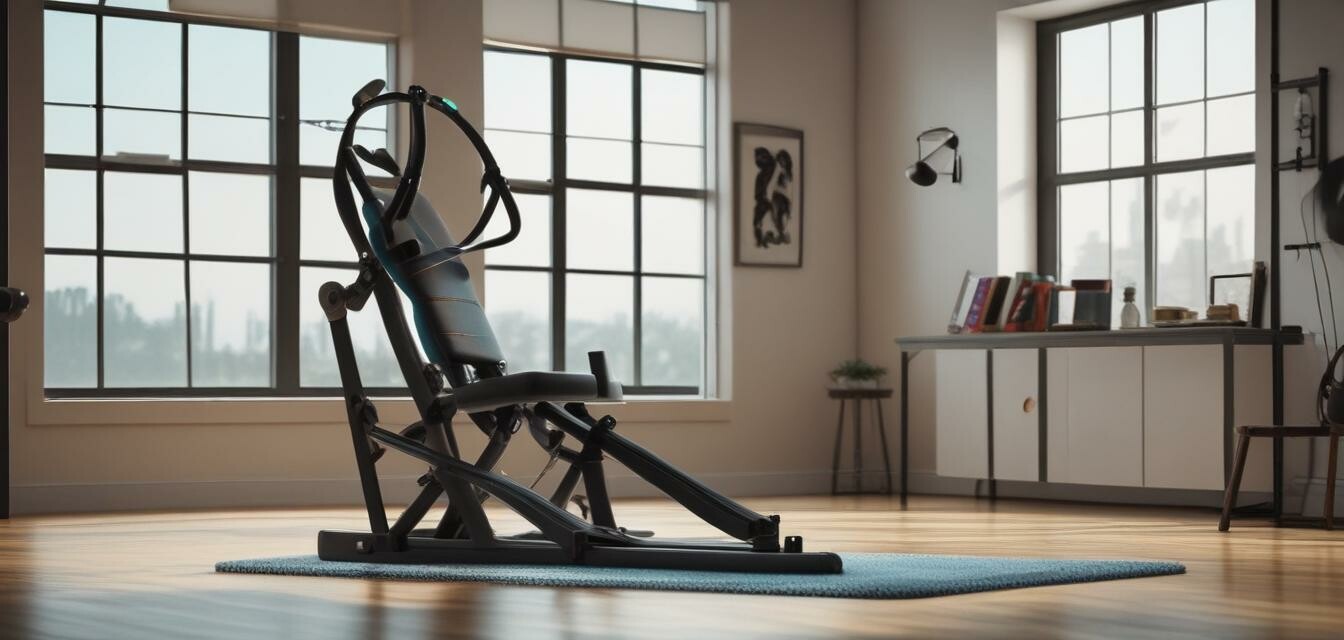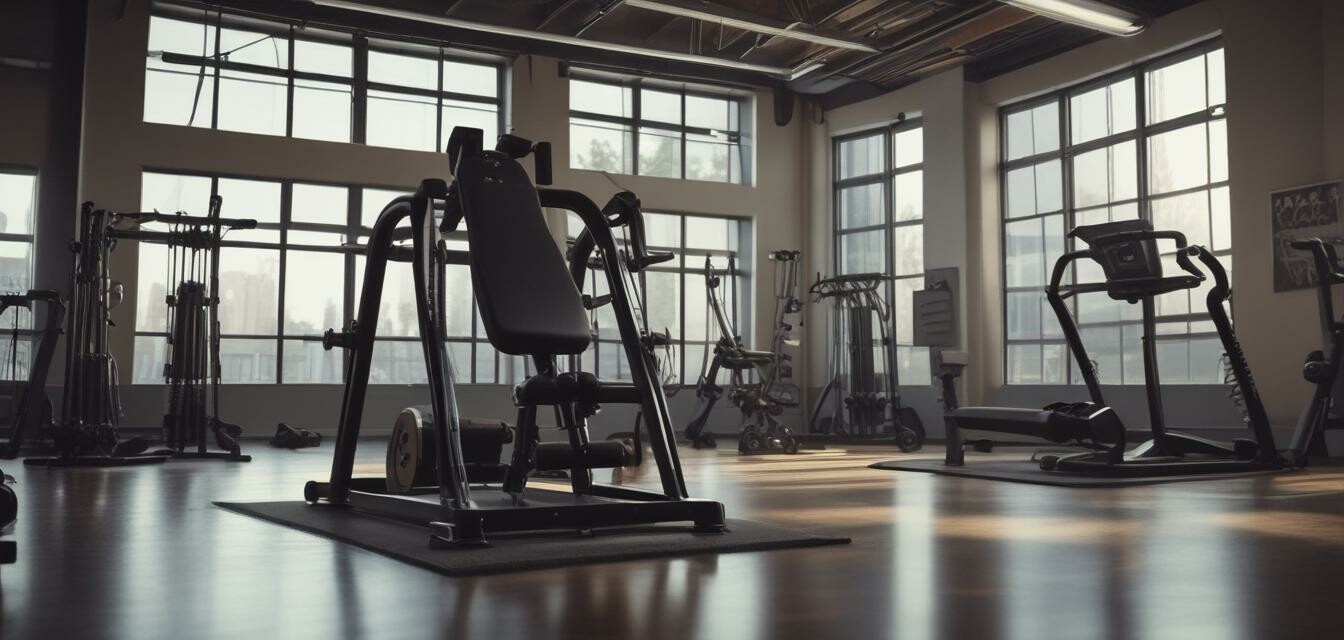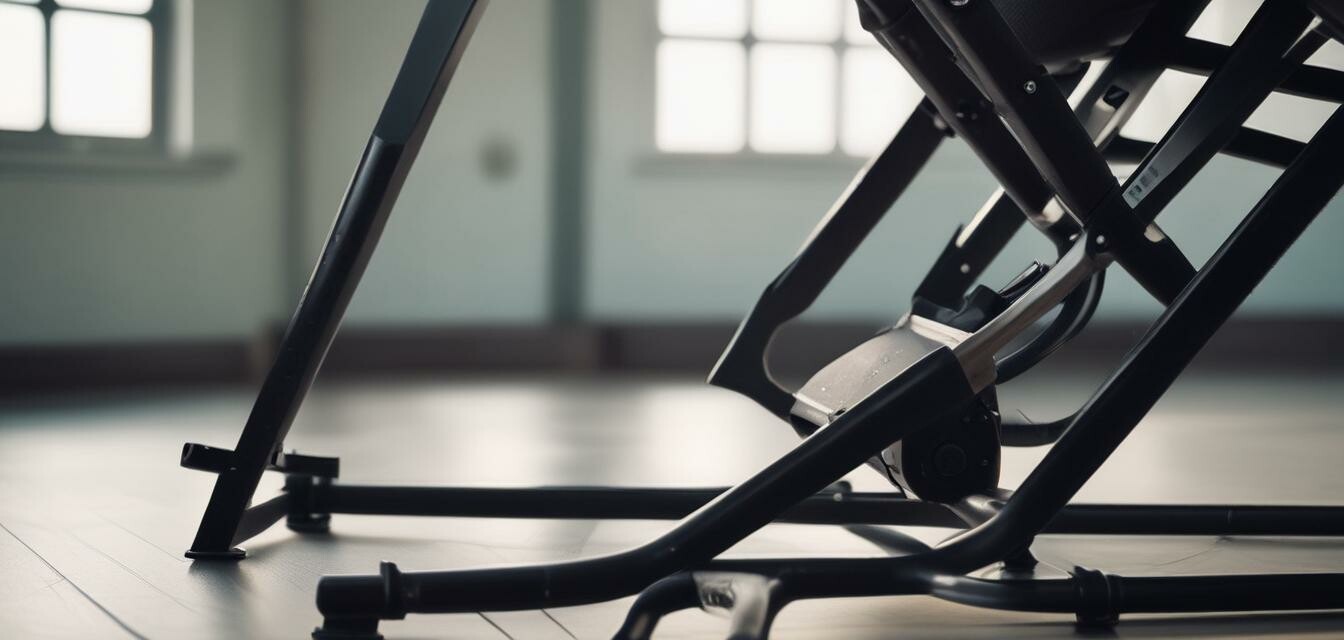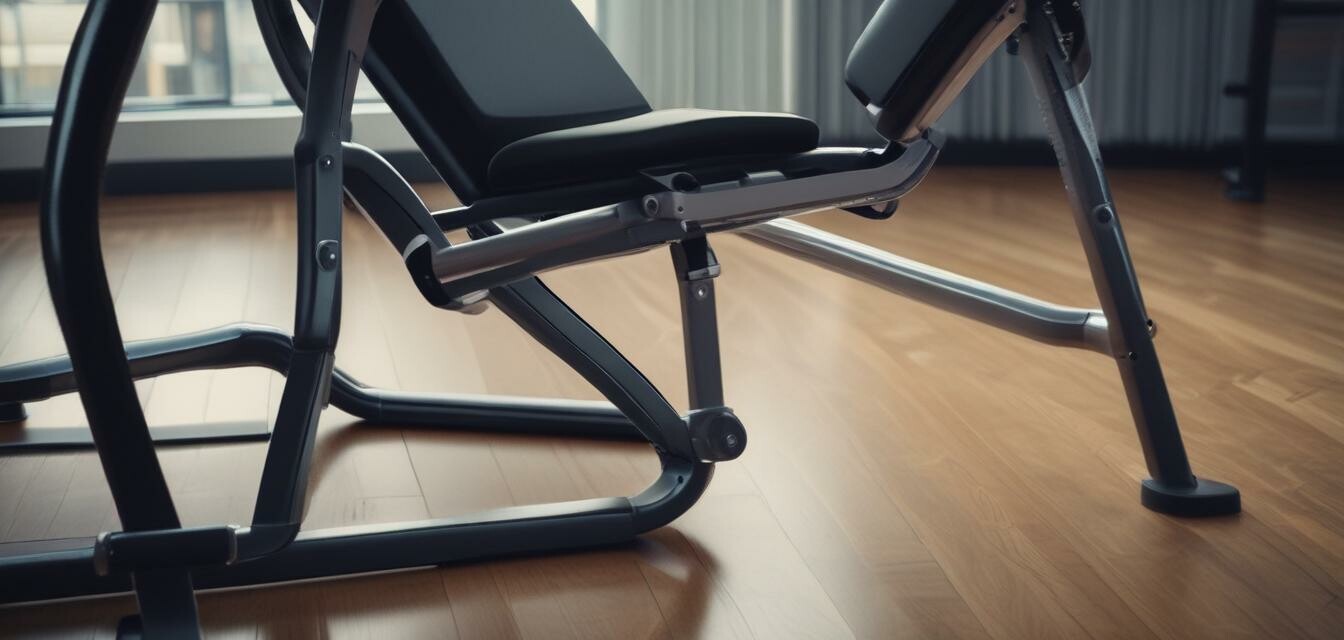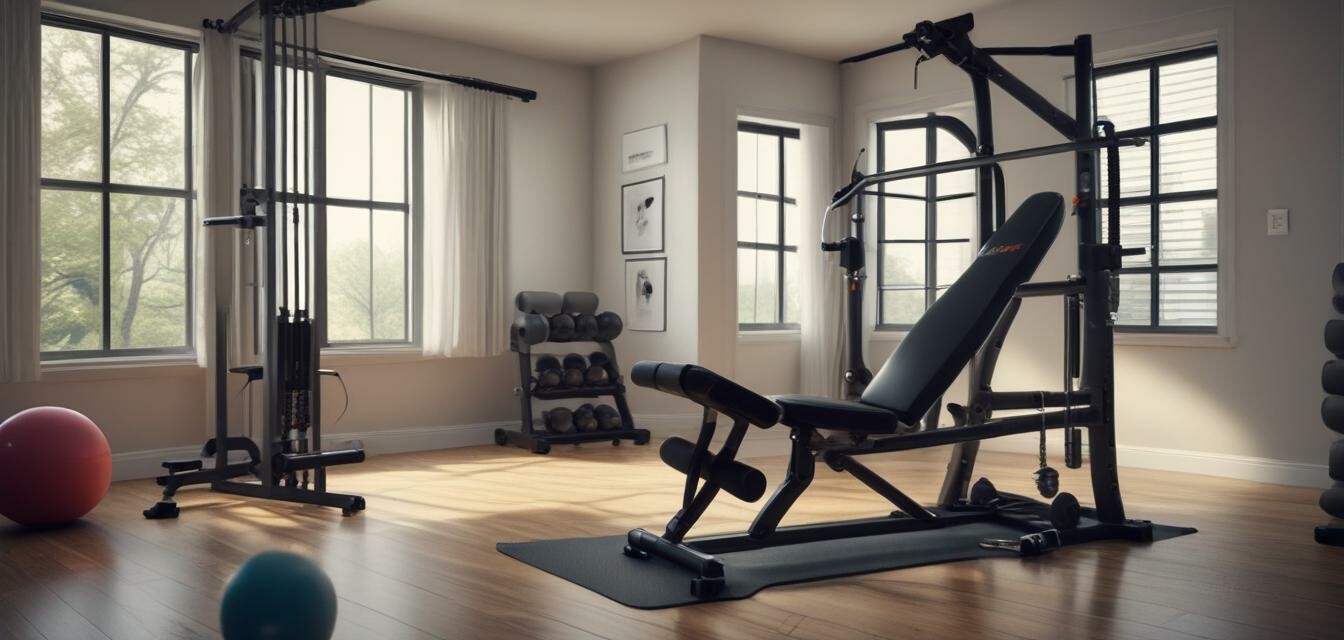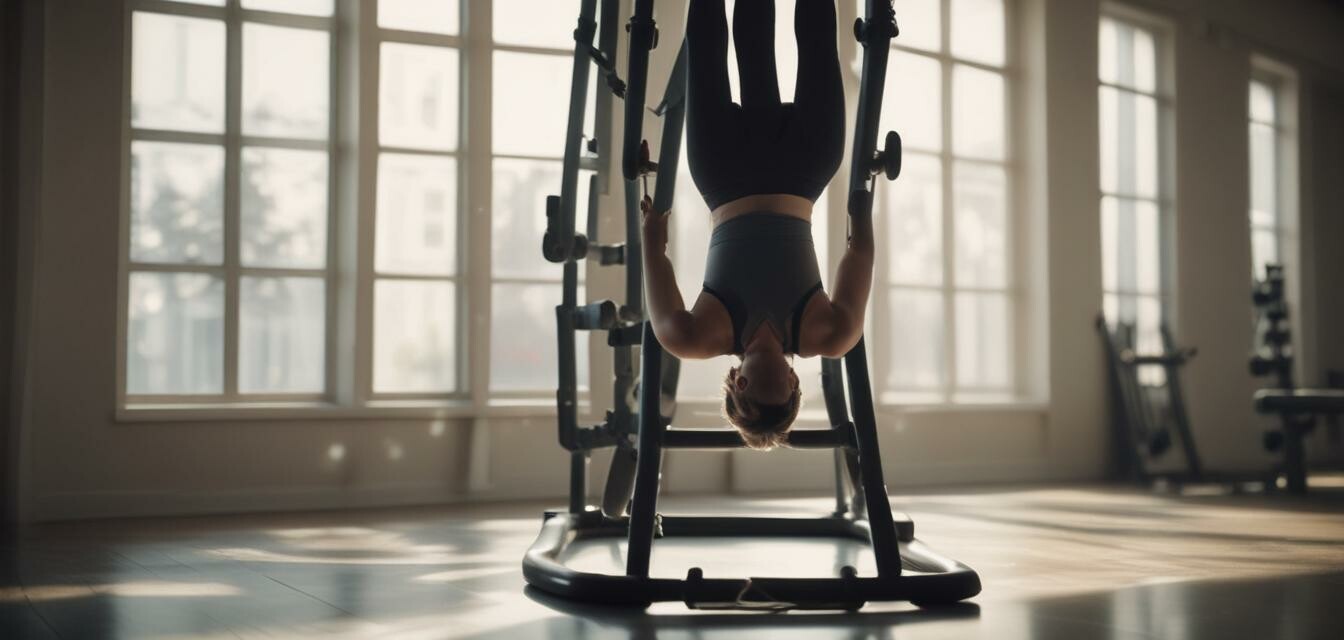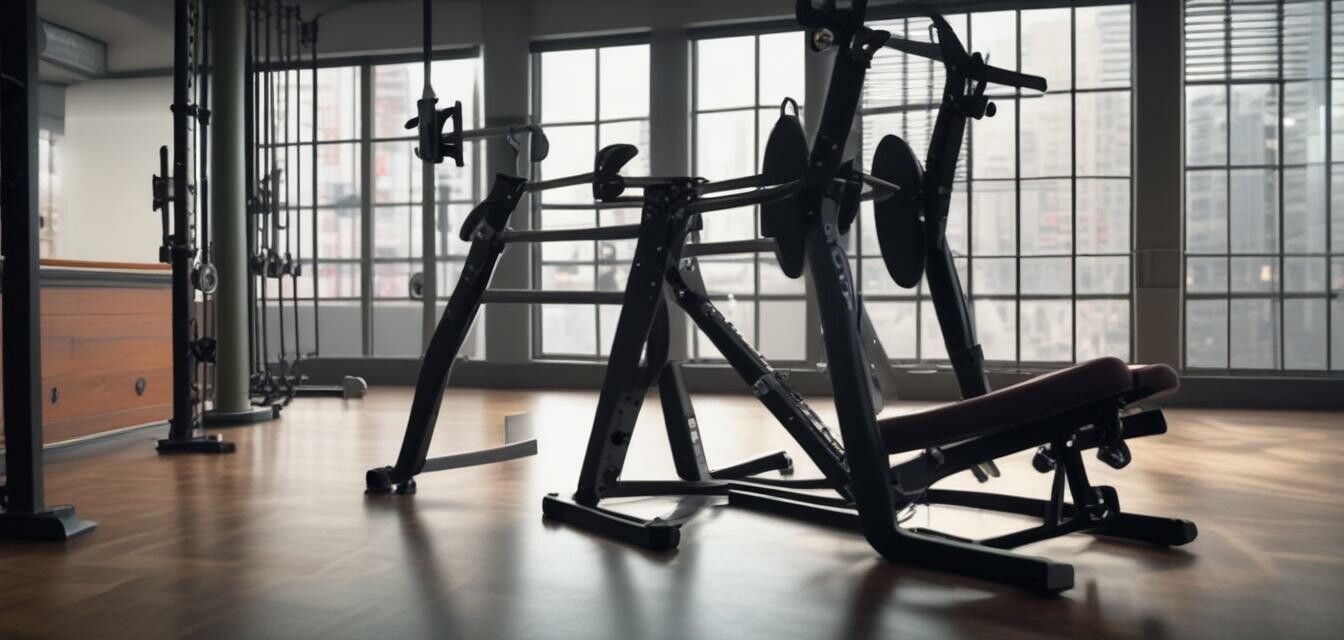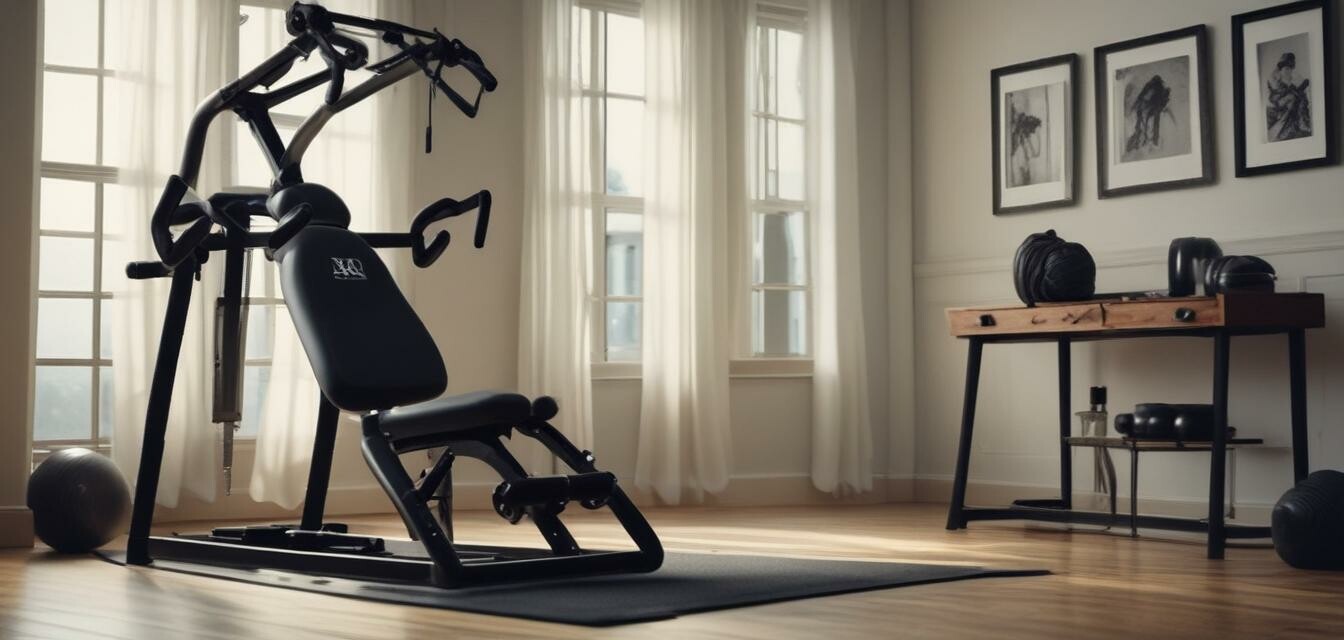
FAQs About Inversion Tables
Inversion tables have gained popularity as a versatile tool to help in enhancing flexibility and relieving back tension. However, many users still have questions about their functionality and safety. In this article, we answer some of the most common questions regarding heavy duty inversion tables to inform your purchasing decisions.
Key Takeaways
- Inversion tables help to alleviate pressure on the spine.
- They are designed for heavy-duty use and provide robust support.
- Safety measures and proper usage techniques are essential for effectiveness.
- Consulting a physician before use is advised, especially if you have existing health conditions.
What is an inversion table?
An inversion table is a piece of equipment that allows users to be inverted at an angle to relieve back pressure. It is often used by individuals looking to alleviate discomfort in their lower back, improve flexibility, and enhance overall posture.
How do inversion tables work?
Inversion tables work by allowing the user to hang upside down or at an inclined angle. By doing so, the gravitational force that compresses the spine is counteracted, potentially allowing for increased space between discs and reduced tension on the spinal nerves.
Benefits of using an inversion table
- Reduces pressure on intervertebral discs.
- Potentially improves circulation.
- Might help to stretch and relax muscles in the back.
Are inversion tables safe for everyone?
While inversion tables can be beneficial, they are not suitable for everyone. Individuals with certain conditions such as high blood pressure, heart issues, or those who are pregnant should consult a healthcare provider before using an inversion table.
How long should I use an inversion table?
It is recommended to start with short intervals, generally between 1 to 5 minutes, and gradually increase the duration as your comfort level improves. Always listen to your body and adjust accordingly.
How to use an inversion table properly
- Adjust the inversion table according to your height.
- Secure yourself in the ankle supports.
- Begin slowly inverting to a slight angle (about 20-30 degrees).
- Gradually increase to greater angles as you become comfortable.
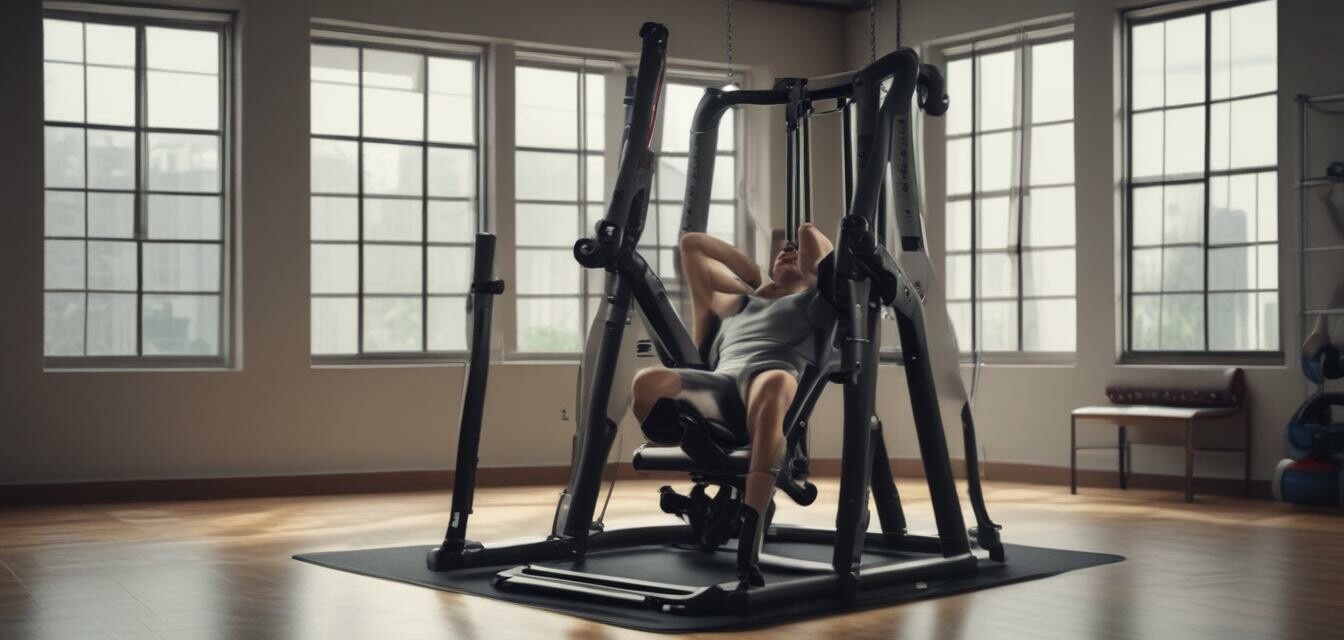
What are the risks associated with inversion tables?
Some risks may include:
- Increased blood pressure.
- Potential strain on the heart.
- Dizziness or discomfort while inverted.
Pros
- Easy to use and store.
- Supports greater weight limits for heavy-duty use.
- Can be beneficial for those seeking non-invasive back relief.
Cons
- May not be suitable for everyone.
- Initial discomfort may occur.
- Requires careful supervision during use.
How to choose the best inversion table?
When selecting a heavy-duty inversion table, consider the following aspects:
| Feature | Importance |
|---|---|
| Weight capacity | Choose a table that supports your body weight adequately. |
| Adjustability | Ensure it’s adjustable to fit various heights. |
| Stability | Look for a sturdy frame to ensure safe use. |
| Safety features | Check for secure ankle straps and locking mechanisms. |
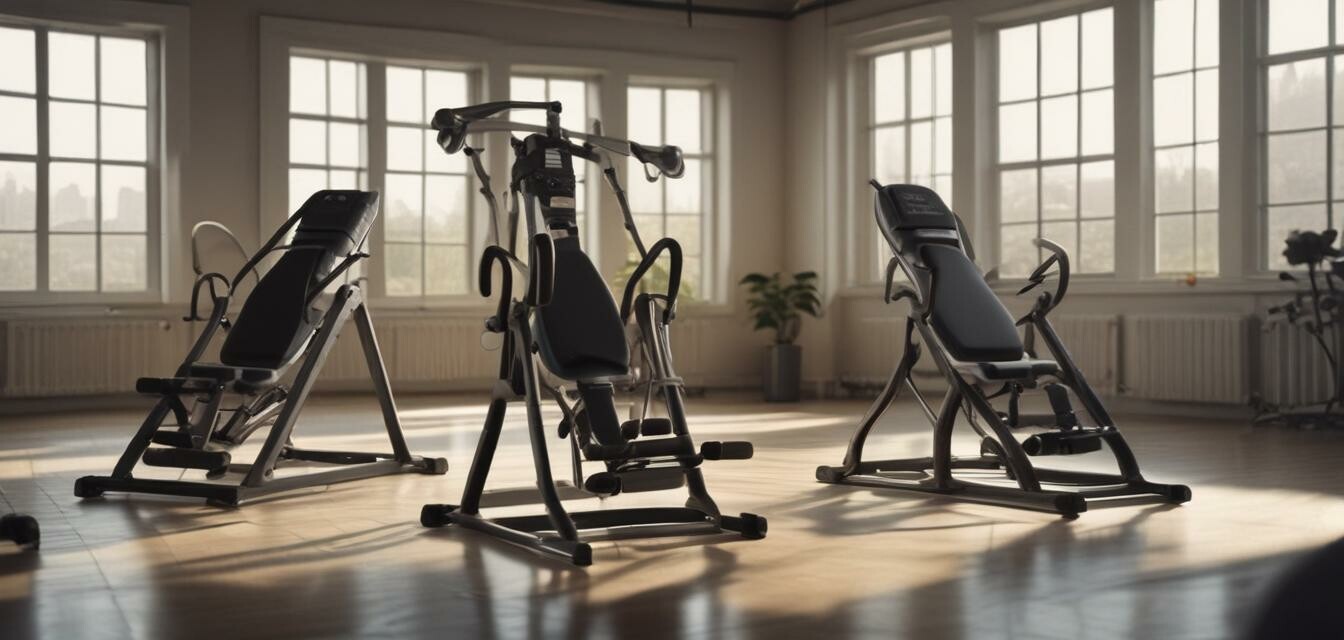
Are inversion tables effective for everyone?
While many users have reported positive effects from using inversion tables, results can vary from person to person. It’s essential to maintain realistic expectations based on individual health circumstances and usage frequency.
Maintenance of your inversion table
To ensure the longevity and safety of your inversion table:
- Regularly check for wear and tear.
- Keep the equipment clean and free from dust.
- Follow the manufacturer's guidelines for maintenance.
Where can I find more information?
You can learn more about different types of inversion tables and similar equipment by visiting our related categories:
- Back Stretching Devices
- Core Training Equipment
- Exercise Mats
- Flexibility Training Tools
- Inversion Tables
Conclusion
Understanding how to use inversion tables effectively can greatly enhance your experience and provide the intended benefits. With proper usage and maintenance, a heavy-duty inversion table can be an excellent investment towards your fitness and wellness journey.

